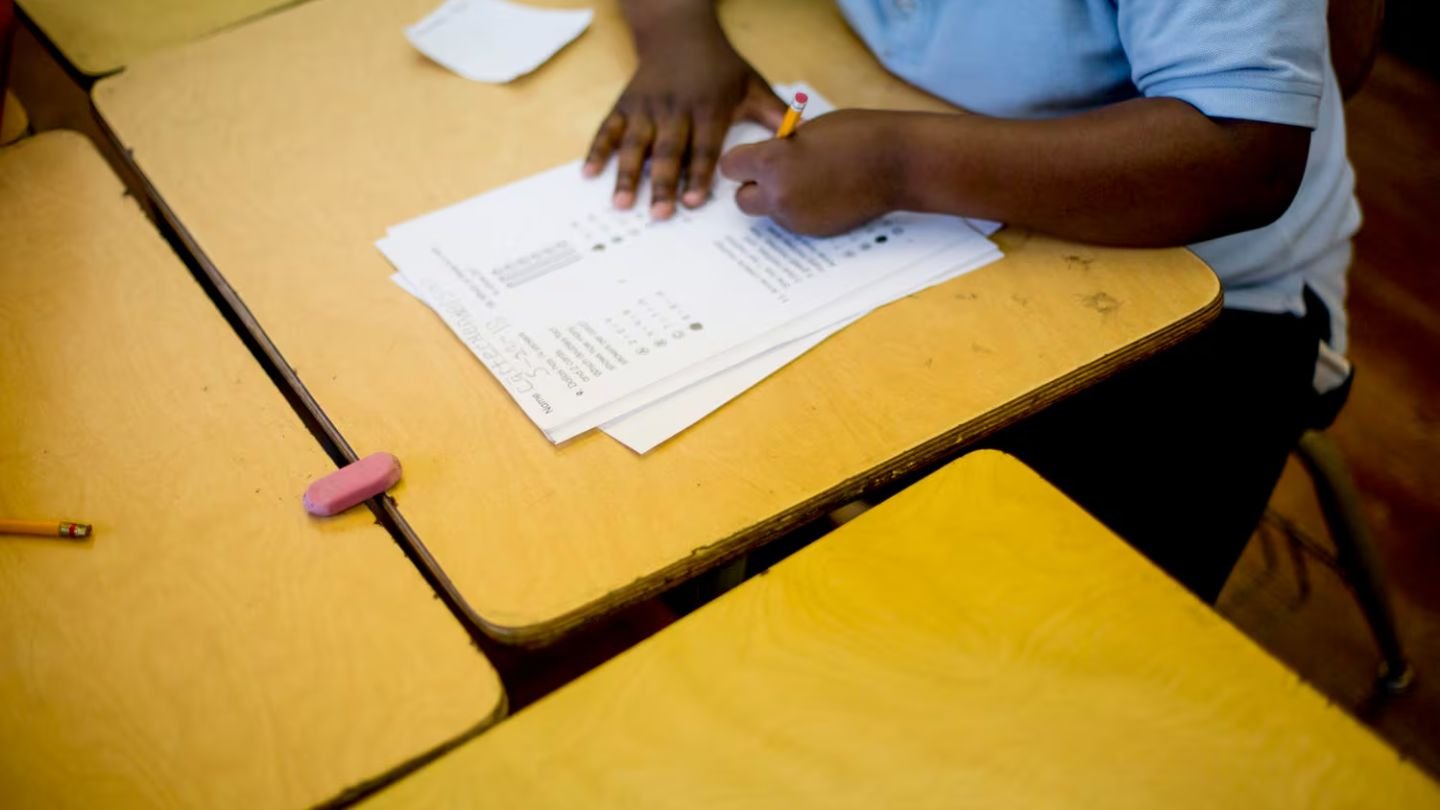Michigan Student Assessments Show Gains in Math and ELA, But Younger Readers Still Lag Behind
LANSING, MI – Michigan’s latest round of student testing has revealed a mixed picture of progress and concern, with encouraging gains in math and English Language Arts (ELA) across most grade levels but a continued struggle in early reading proficiency among younger students. Results from the 2025 Michigan Student Test of Educational Progress (M-STEP) show improvements in 14 out of 20 statewide tests, but more than half of third- and fourth-graders are still not meeting reading benchmarks .
Younger Students Fall Short in Reading
According to Click on Detroit, 61.1% of third-graders and 57.6% of fourth-graders failed to meet state standards in reading, representing a slight decline from the previous year. Education leaders say these figures highlight a persistent challenge in early literacy that continues to undermine long-term academic success .
State Superintendent Michael Rice acknowledged the problem, explaining that more resources must go toward early interventions.
“ELA scores in grades 3 and 4 remain a concern,” Rice said, calling for smaller class sizes, improved teacher training, and research-based literacy interventions to address the issue .
Stronger Performance in Middle Grades
Despite the struggles in lower grades, students in grades 5 through 8 showed meaningful improvement. The most significant gains came among eighth graders, who posted the highest proficiency rate at 65.3% — a notable achievement compared to recent years .
The Michigan Department of Education (MDE) emphasized that the 2025 results represent some of the strongest math and ELA scores in the last three years, even with the challenges younger students continue to face .
Pandemic Learning Loss Still a Factor
Educators continue to point to the long-term effects of the COVID-19 pandemic as a key factor in student performance, particularly for economically disadvantaged students and those who endured prolonged remote learning during the 2020–21 school year. The M-STEP results reflect both progress in recovery and the stubborn persistence of learning gaps .
Attendance a Key to Success
Attendance remains another critical piece of the puzzle. Dr. Nikolai Vitti, Superintendent of Detroit Public Schools Community District, explained the direct link between classroom time and performance.
“DPSCD students are three to five times more likely to be at and above grade level or college ready if they miss 18 or fewer days of school,” Vitti said in an interview with Click on Detroit.
His comments reflect a statewide push to improve school attendance rates as a way to strengthen academic outcomes.
Policy and Reform Efforts
The release of the M-STEP results comes as Michigan continues to implement historic 2024 literacy laws, which expanded early reading and dyslexia support services. State leaders hope these measures, combined with teacher development and intervention programs, will gradually improve the performance of struggling younger students .
Looking Ahead
While the M-STEP results confirm that most Michigan students are rebounding, the state faces the urgent challenge of ensuring that early literacy keeps pace with math and other ELA improvements. Education leaders argue that focusing on third- and fourth-grade reading is crucial, as proficiency at that stage often predicts long-term academic and career success.
Do you think Michigan schools are doing enough to address early reading struggles, or should the state push for even more aggressive reforms? Share your thoughts in the comments and join the conversation at SaludaStandard-Sentinel.com.







